Contents
- 1 Overview of Ha Giang & The Loop
- 2 The First Night: Hanoi – Ha Giang City (300 kilometers)
- 3 The First Day: Ha Giang – Quan Ba – Yen Minh – Pho Bang – Sung La – Dong Van (160 kilometers)
- 4 The Second Day: Dong Van – Lung Cu – Ma Pi Leng Pass – Meo Vac (90 kilometers)
- 5 The Third and Fourth Day: Meo Vac – Mau Due – Du Gia – Ha Giang (180 kilometers) or Meo Vac – Mau Due – Yen Minh – Quan Ba – Ha Giang (150 kilometers)
Overview of Ha Giang & The Loop
300 kilometers away from Hanoi, Ha Giang is the furthermost province in the North of Vietnam. No dust, no smoke, and no noise, this tranquil land is only comprised of magnificent scenery, challenging mountain passes, and hearty local food. When you come here during buckwheat season which normally occurs from the middle of November to December, the exquisite view will leave you speechless. Since the province is huge, an itinerary is necessary. The four-day itinerary below is a typical yet detailed one that can help you discover this land, so enjoy!
From Meo Vac, there are several ways to complete the loop back to Ha Giang. If you have enough time, consider the Ha Giang Loop which is around 400 kilometers, starting from Ha Giang city, then to Quan Ba, Yen Minh to Dong Van, Meo Vac, Du Gia, and ending back in Ha Giang city. Another way is to head west towards the Mau Due crossroads, get back to Quan Ba, Yen Minh, and end in Ha Giang city. This is the shortest option back to Ha Giang, has more attractions, and saves you time.
Map 1: Ha Giang Loop
Map 2: A shorter way
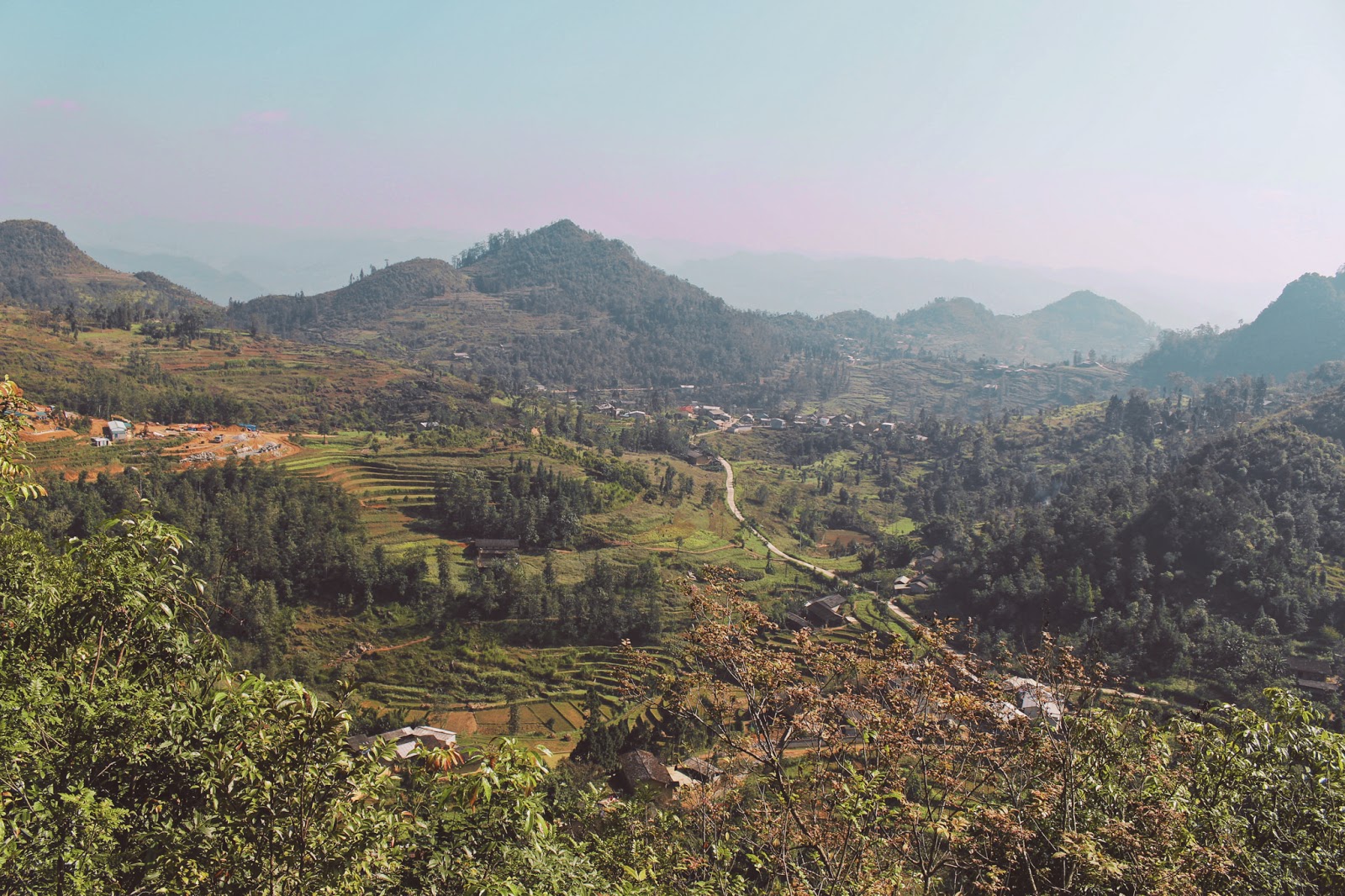
Read more: Everything About Ha Giang
The First Night: Hanoi – Ha Giang City (300 kilometers)
Since Ha Giang is pretty far away from Hanoi, the most common way to get to it is by sleeper bus. There are different kinds of buses in My Dinh bus station that start during the day and go until night, but I recommend choosing the night bus on the way there. You can sleep, save money from staying in a hotel overnight, and when you get to Ha Giang in the morning, you can begin your adventure right away. Some buses arrive in Ha Giang early, around 4:30 AM to 5 AM but don’t worry, you can stay on the bus until the sun rises.
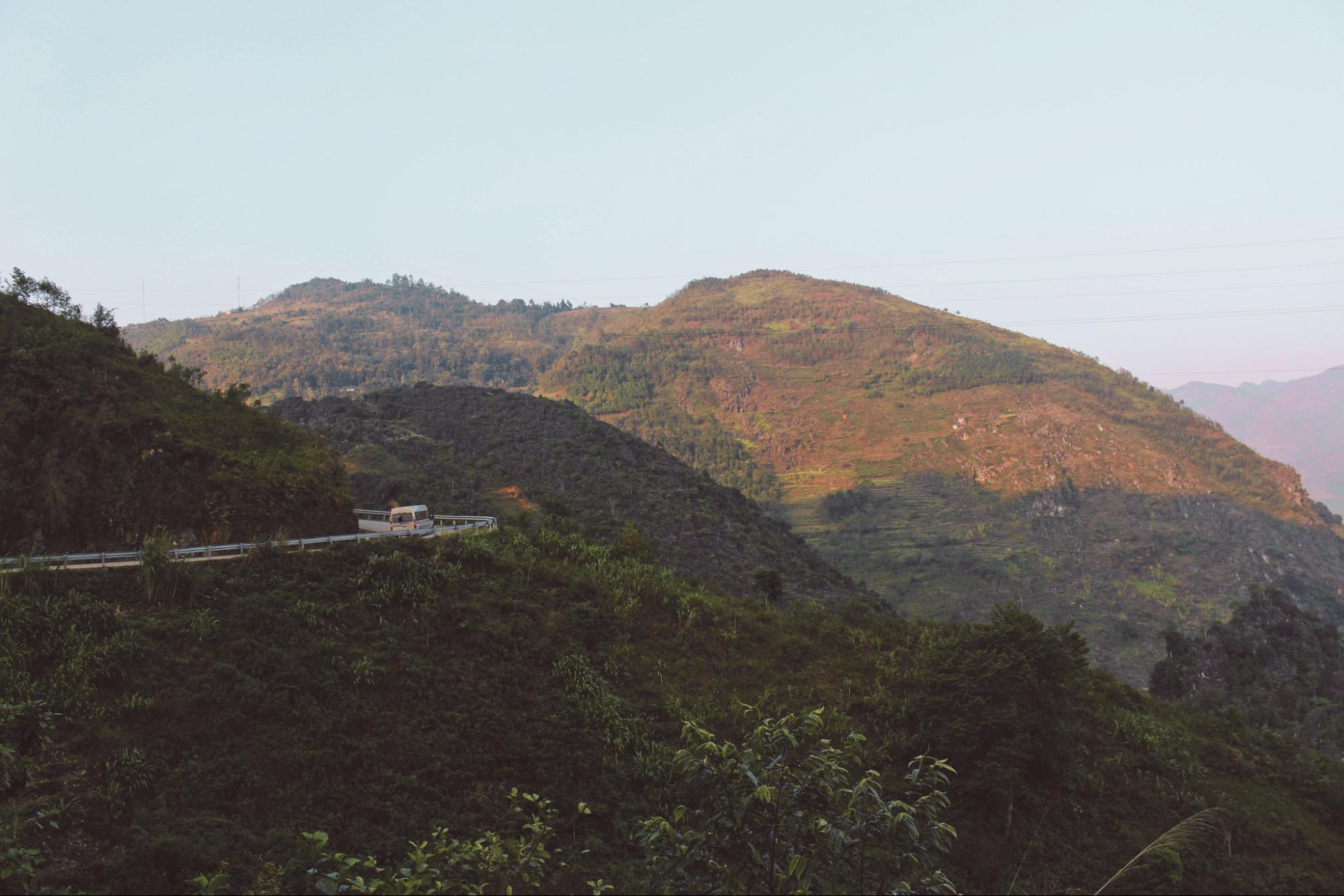
If you want more information about how to get to Ha Giang, this article outlines various modes of transportation. Find what is suitable: How to get to Ha Giang
The First Day: Ha Giang – Quan Ba – Yen Minh – Pho Bang – Sung La – Dong Van (160 kilometers)
A good journey starts with good food. My ultimate breakfast dish in Ha Giang city is banh cuon trung (egg steamed rice rolls) at 100 Nguyen Trai street.
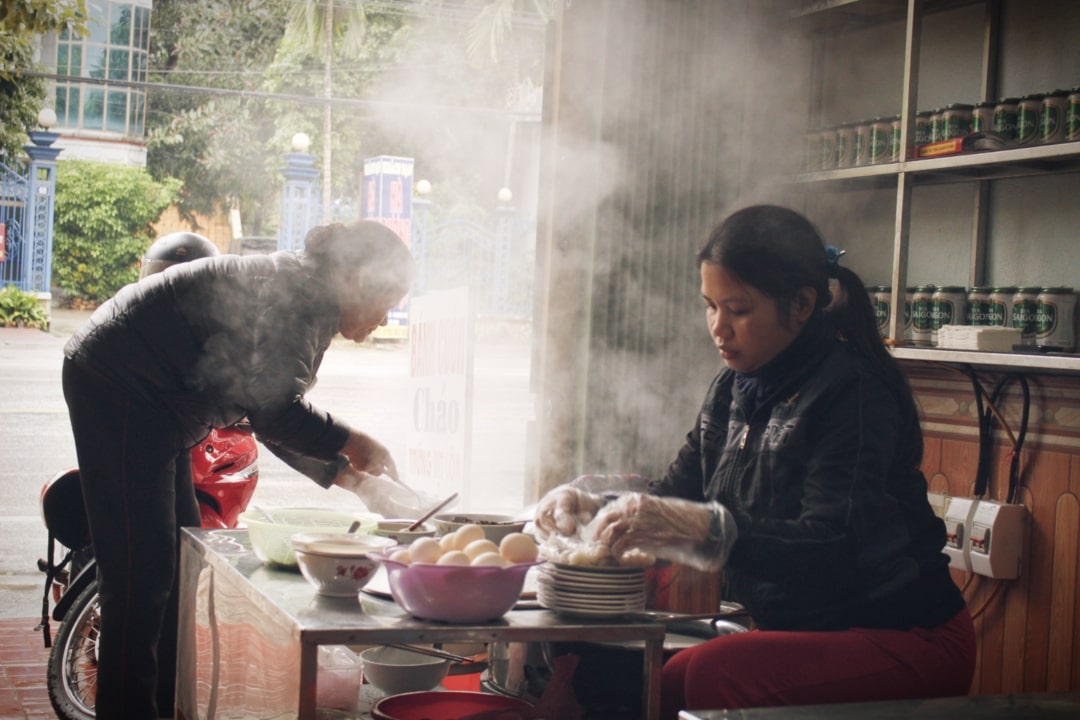
Unlike typical steamed rice rolls that are eaten with pork sausage, pork pie, or batter-dipped shrimp patties, the egg rolls in Ha Giang go best with a bowl of soup made from pork broth, Vietnamese spices, and sausages. Nibble the incredibly soft egg rolls, munch the scrumptious sausages, then sip a spoonful of the pleasing soup. It will leave you speechless among the chatter of adventure.
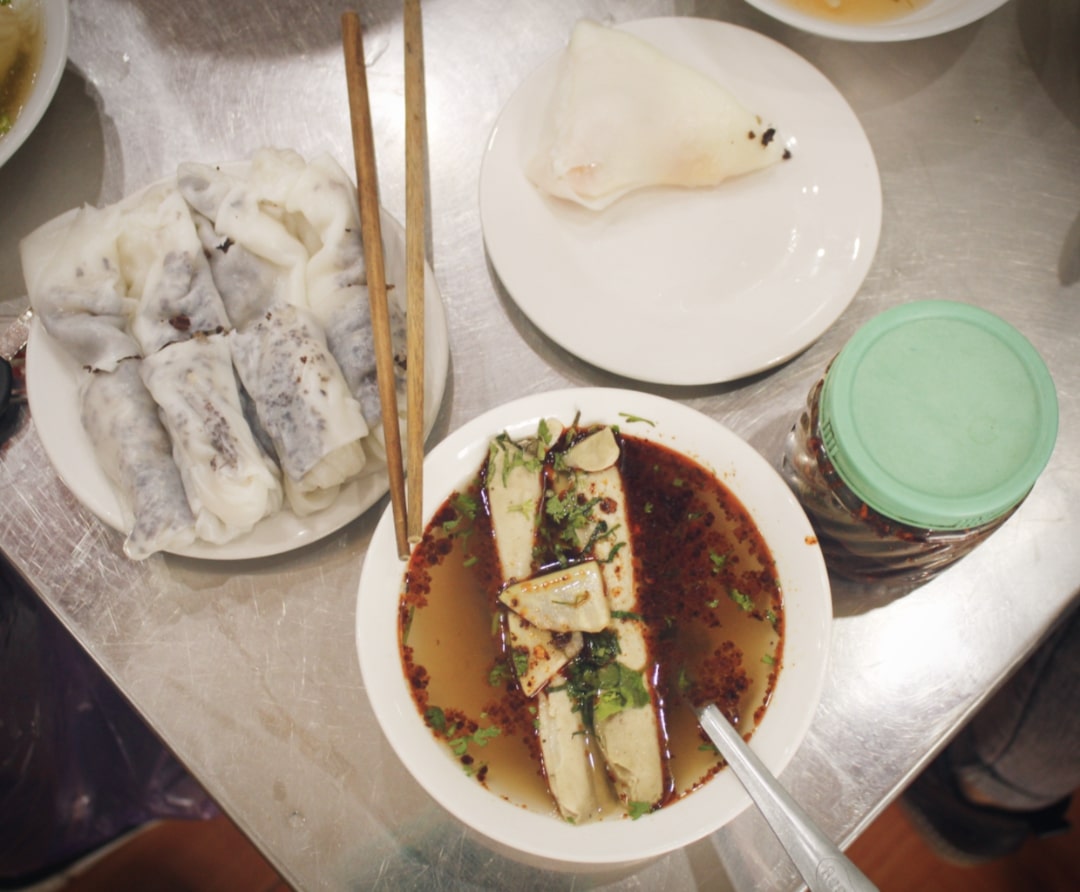
And don’t forget to hire a good bike, because it is the key to the quality of your journey. A suggestion from me is Hong Hao motorbike renting service. The owners are super friendly, and apart from the well-equipped motorbikes, you will also get a free raincoat, free breakfast, and even a free bath!
Your first stop today is the zero-kilometer mark in Ha Giang city which was built as a check-in spot for travelers. Different from typical markers in Vietnam, this marker is really big and fully made of granite. It is around three kilometers from the bus station, which takes you around ten minutes to find. But if you’re not a fan of check-ins, you can skip this place.

Next, let’s get to Co Tien mountain (English translation: Fairy), the most unique and imaginative mountain in this province. It is located in Quan Ba district, about 50 kilometers from Ha Giang city. Nearby is the Heaven Gate, 1,500 meters above sea level. It is totally worth 15 minutes to reach the peak where you can easily view a 360-degree window of Ha Giang. At the foot of the gate, there is a coffee shop that faces the mountains, and I guarantee that their milk Lipton and coffee are superb. Enjoy your drink while admiring the beauty of this land.
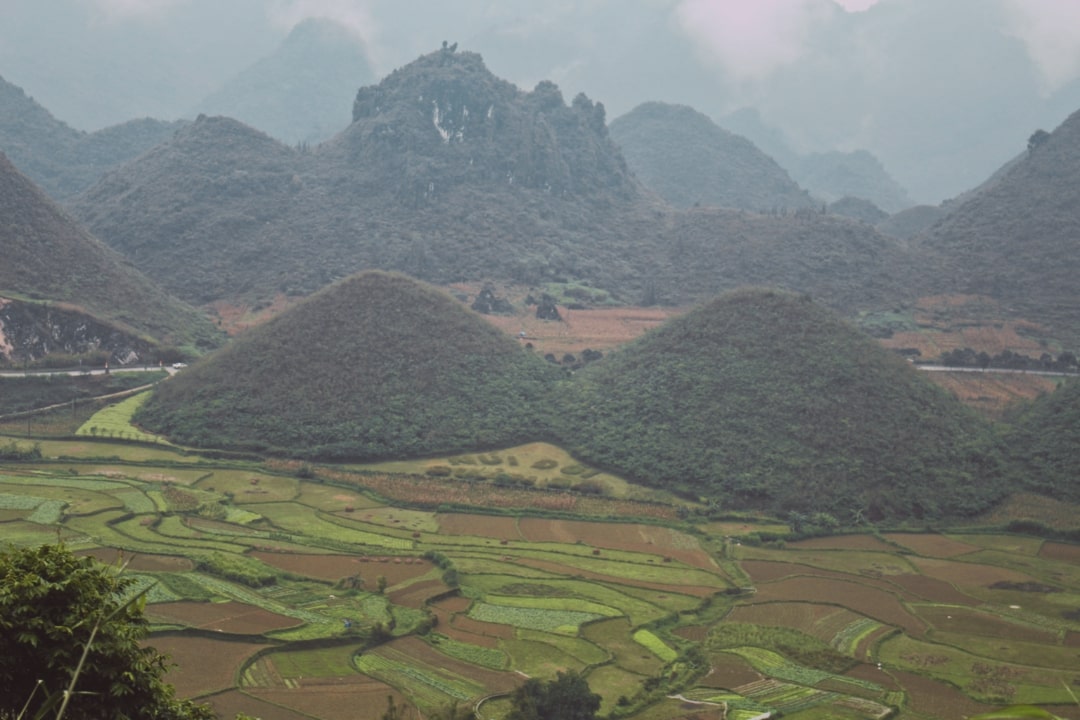
On the way to Yen Minh district, don’t forget to follow the loops and stop by Lung Khuy cave which is believed to be the most beautiful cave in the North of Vietnam. Yen Minh pine forest, 50 kilometers away from Quan Ba district, is also worth a visit. This is a great place for you to have a picnic, sight-see, or do nothing and just relax.
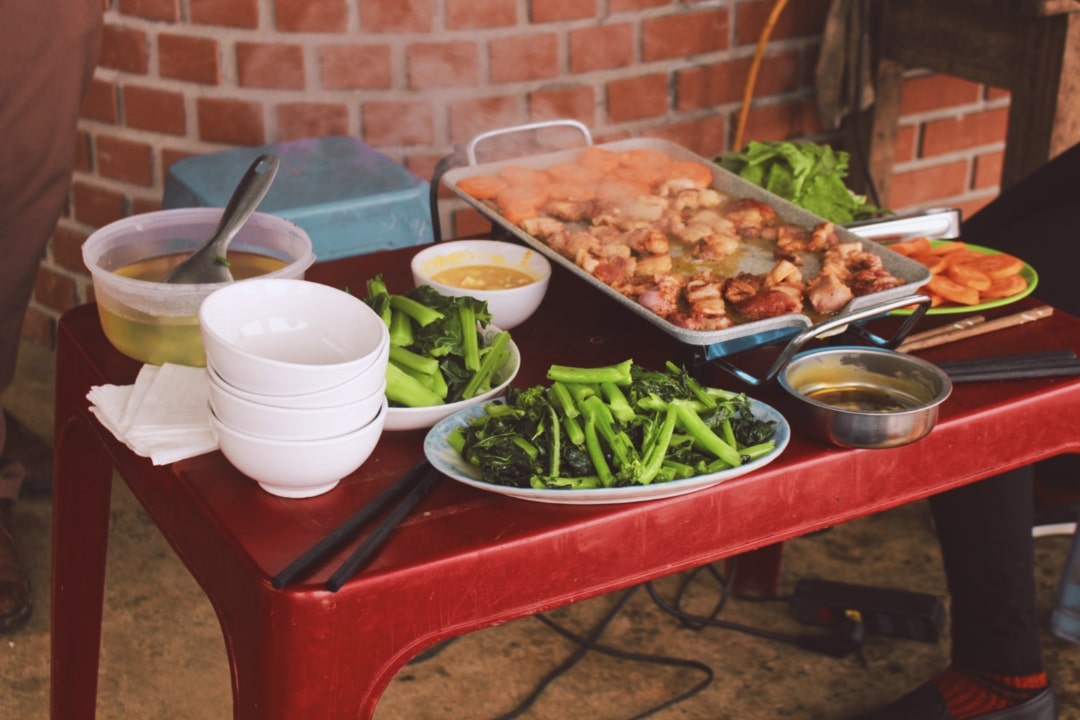
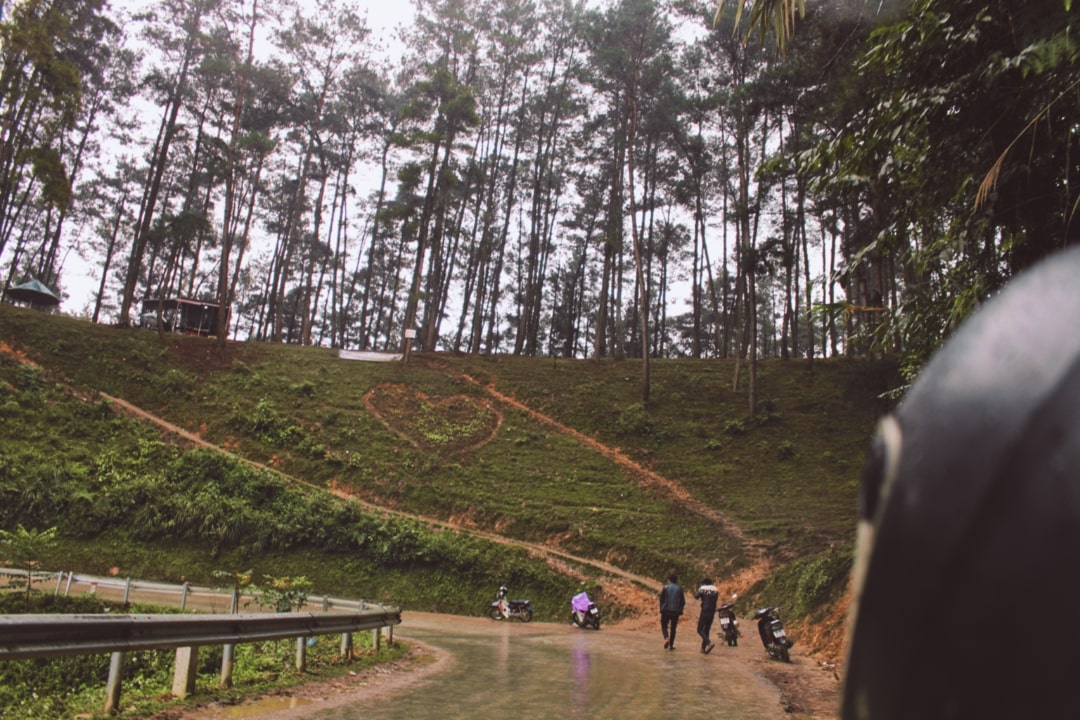
After half a day observing nature, it’s time for you to broaden your horizons about the local culture. Located deep in Sung La Valley, Pao’s house is a stunning attraction that helps travelers understand the ethnic customs and traditions. Featured in the well-known movie Pao’s story, it encompasses every detail of a typical Mong house, from the wood doors to the stone roofs. The entrance fee is 10,000 VND (0.4 USD), incredibly cheap for gaining new knowledge.
If you have enough time, remember to visit Pho Bang, the Overslept Town. I believe the nickname came from the serenity, calmness, and tranquility of it. Time doesn’t seem to affect this place, and everything remains frozen in memory. Moreover, on both sides of the street, there are magnificent red roses. They remind me of a sleeping beauty waiting for someone to wake her up. In this case, maybe she is waiting for you!
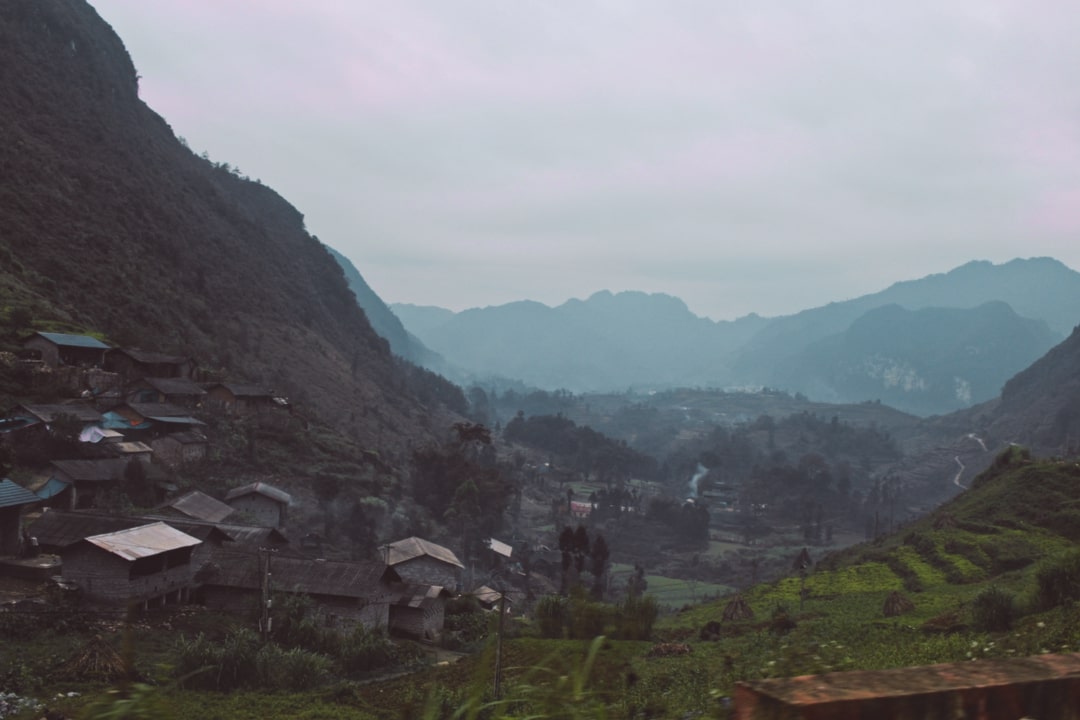
Eventually, here comes our final stop, Dong Van town. 40 kilometers from Yen Minh district, the town makes for a distinctive experience. It is more energetic with the sounds of people selling and buying, or the noise of cattle. If you don’t know where to stay, try Bui Homestay of which the design is very close to the traditional houses of the ethnic minorities – house on stilts. However, if you are traveling during the winter, stay in a hotel so you have running hot water. At night, stroll around the town and you will find different delicacies, from the au tau porridge to the hearty thang den or the extreme thang co. If you have enough room in your stomach, you should try them all!
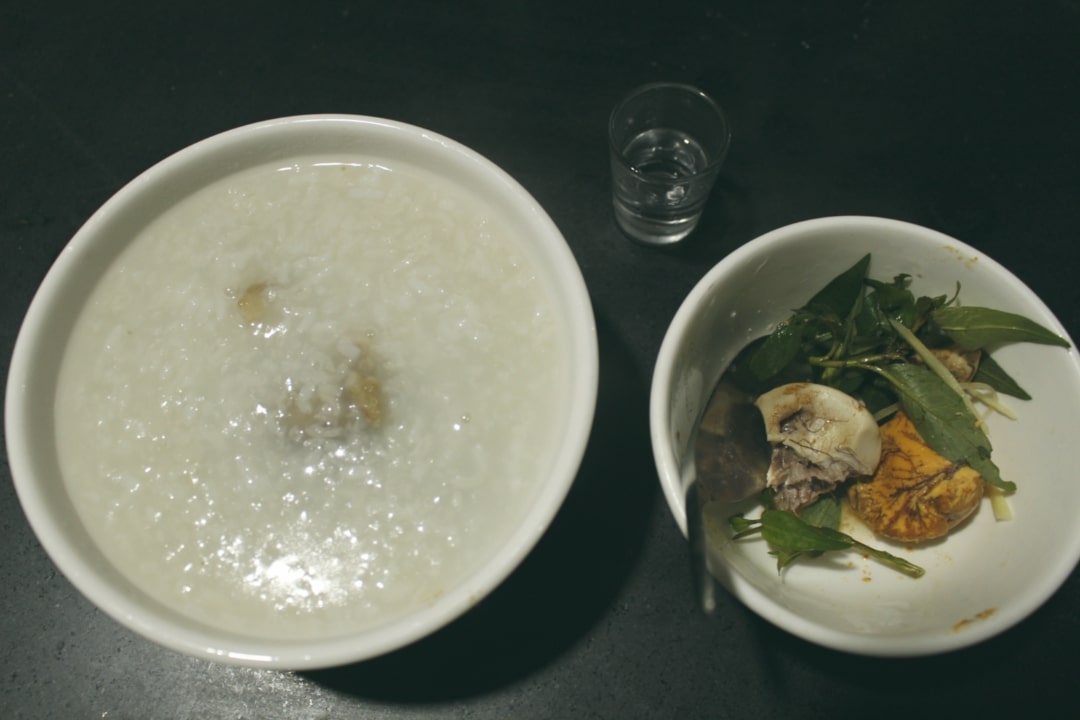
Read more:
Beautiful Homestays in Ha Giang: Eat and Stay with the Locals
The Absolute Best Dishes in Ha Giang (& Where to Find Them!)
The Second Day: Dong Van – Lung Cu – Ma Pi Leng Pass – Meo Vac (90 kilometers)
Get your gears running by stopping by a local food spot. Normally, people love banh cuon (steamed rice rolls), pho, or noodles for breakfast. If you arrive here on weekends, lucky you! This is when the Sa Phin flea market, selling hundreds of local goods, opens in the morning. Just stop by a random food stall in the market and let the local flavor satisfy your taste buds. But if you don’t come here on weekends, don’t worry. A well-known food store in the Old town is banh cuon Ba Ha, located on Pho Co street. Served with a bowl of soup, the egg steamed rice rolls here taste unbelievable. They are soft, mushy, and buttery. Dip with a little bit of fish sauce and you need nothing more for a glorious day.
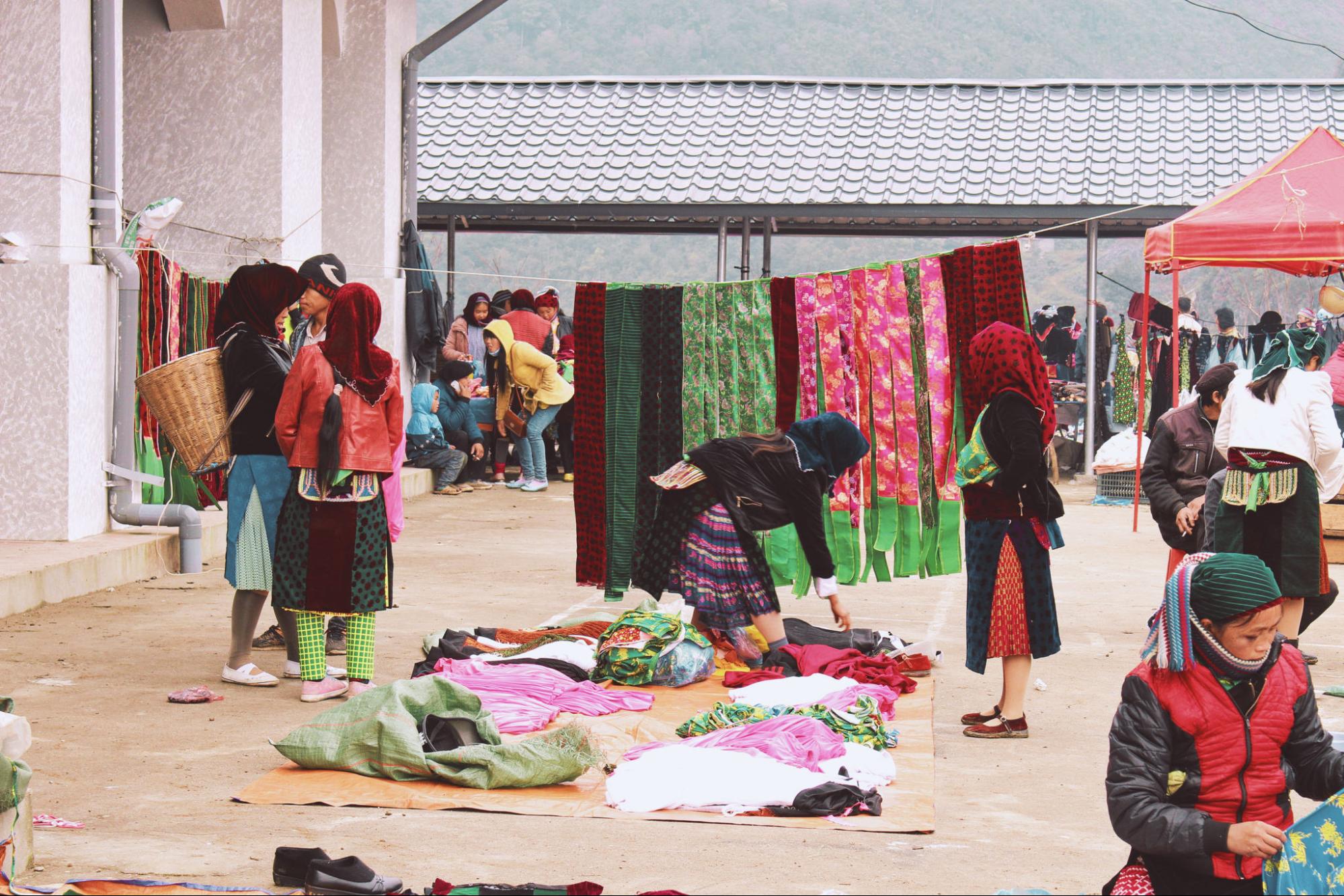
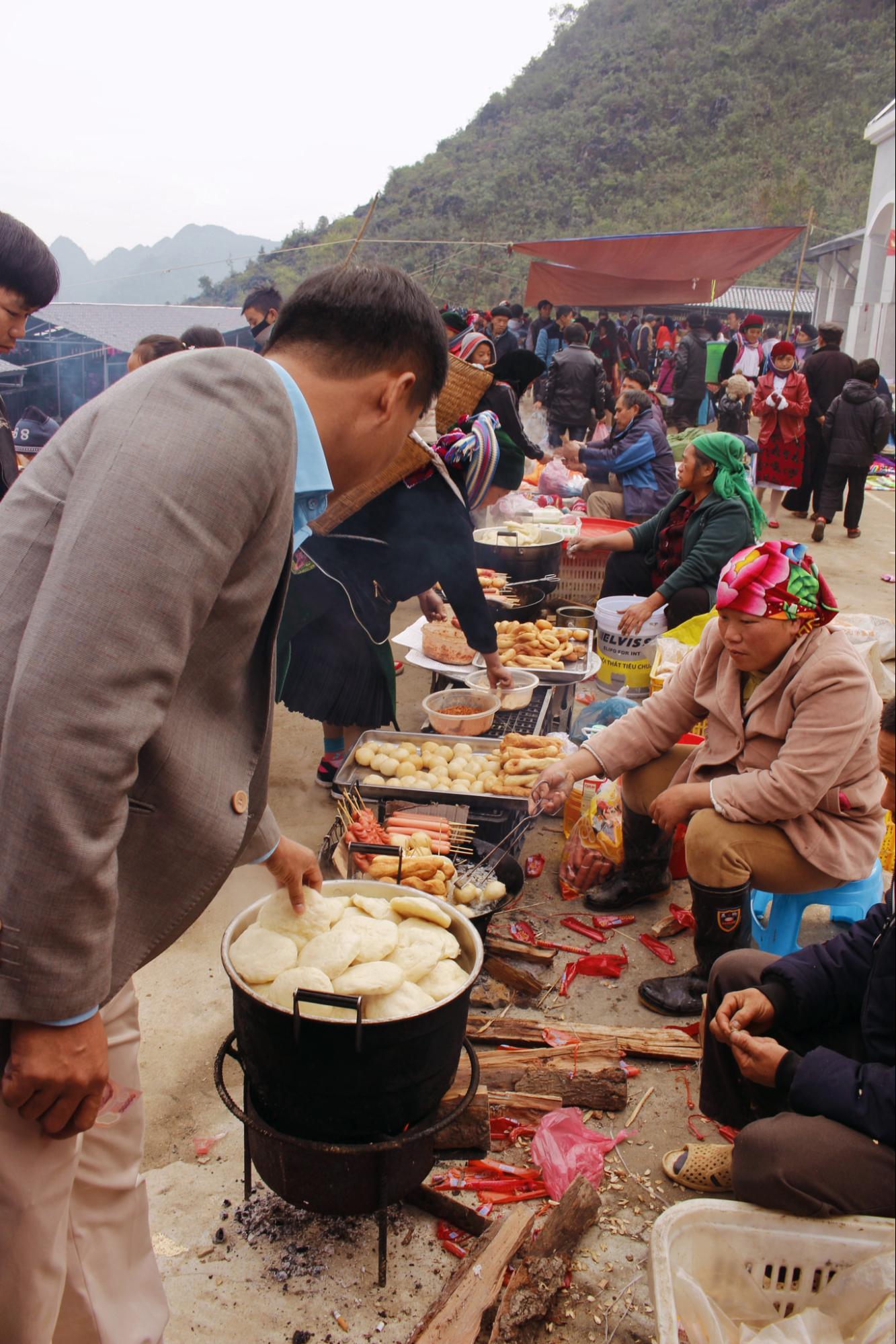
After breakfast, don’t hesitate to check out the Meo King Palace which used to be the house of a Hmong king. To make the building, it cost around 150 billion Vietnam Dong (64,500 USD). Learn about the structure and the ways in which the workers built the house.


In the Vietnamese backpacker community, it is believed that if you visit four points, the Fansipan mountain peak, and the Indochina conjunction, you have conquered Vietnam. On the way to Lung Cu flag point, a monument to mark the furthermost point of the country, you can see big fields of buckwheat flowers. The point consists of a 30-meter tall tower on the summit of the over-1,400-meter Lung Cu peak. The monument was built to mark the northernmost point in Vietnam, although the farthest northern point on the Chinese-Vietnamese border is actually located over three kilometers farther north. At the top of the tower hangs a Vietnamese flag. Enjoy the surrounding scenery and the cool fresh air. Can you figure out which part of the view is China and which one is ours? Ask a local and you will know the answer!

At noon, it’s time to return to the town and eat until you burst. Quang Dung restaurant is one of the top choices when it comes to a fantastic restaurant in the area. Here they serve various dishes, such as hot pot, pho, rice, and other specialties. The price is reasonable, and the staff is kind and friendly. Sip a small cup of alcohol while munching the hot delicacies. Who would want to leave?
Next, let’s head to Ma Pi Leng, the king of all the mountain passes in Vietnam. Believe me, words cannot describe how stunning and marvelous it is. The 30-kilometer pass will let you discover numerous winding trails, breathtaking scenery, and Nho Que, the most alluring river you will have ever seen. You will get to Meo Vac town before evening, rest here. If you don’t know where to stay, read this article. Auberge de MeoVac and Lo Lo Homestay are my suggestions. At night, you can try the local dishes which are only a few steps away.
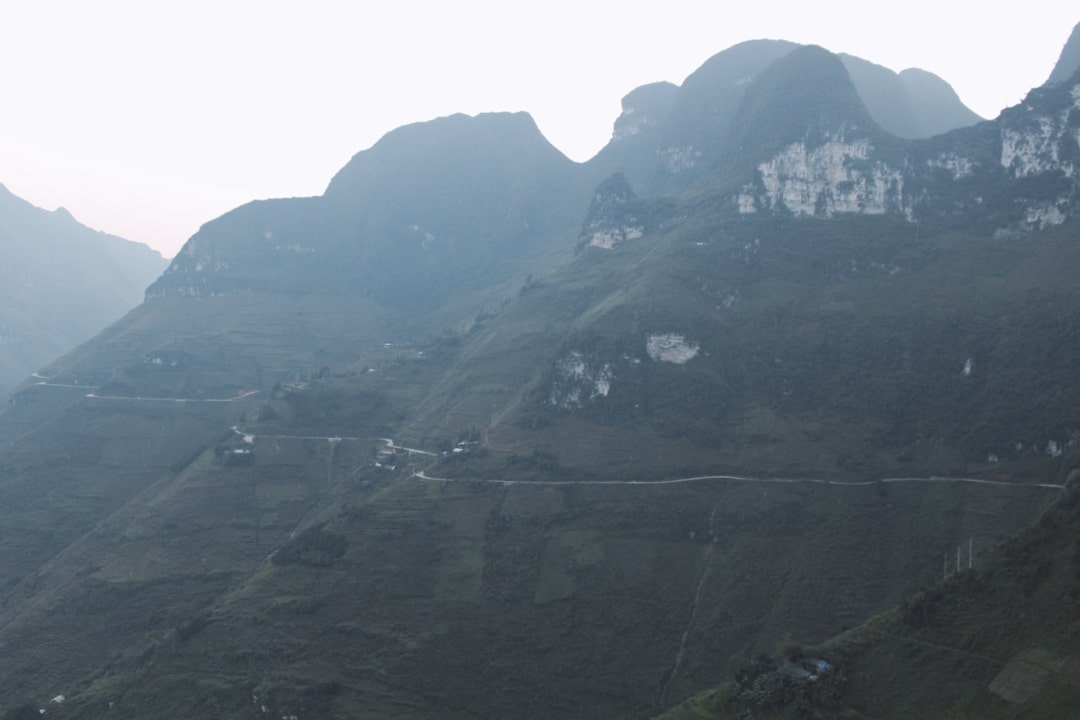
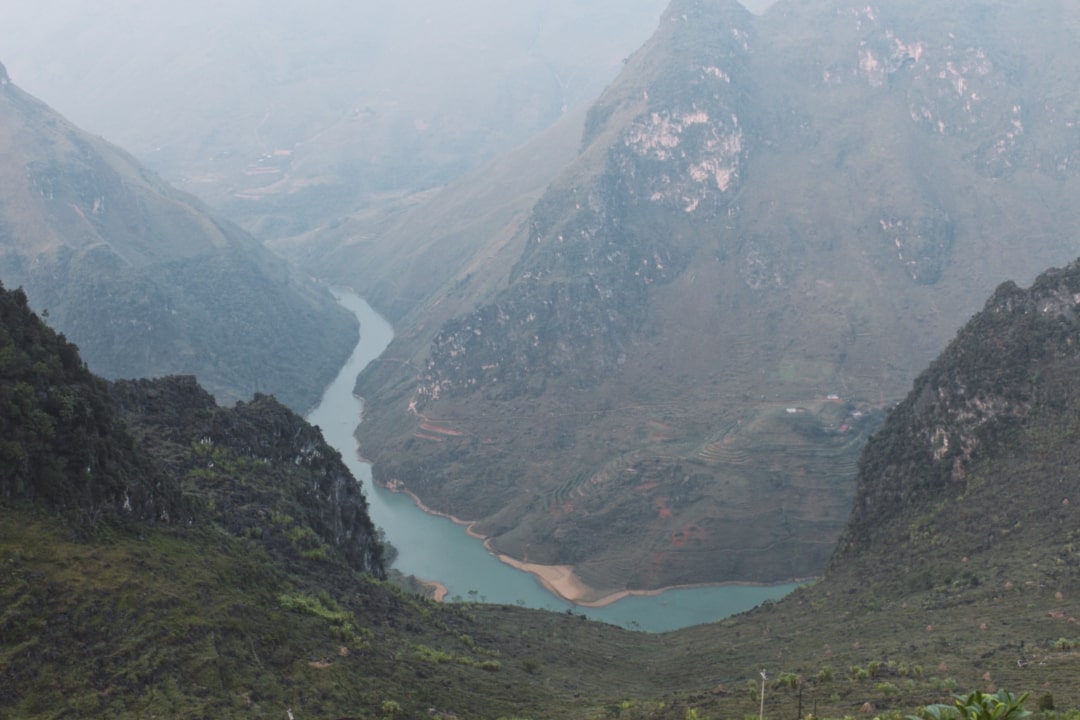
The Third and Fourth Day: Meo Vac – Mau Due – Du Gia – Ha Giang (180 kilometers) or Meo Vac – Mau Due – Yen Minh – Quan Ba – Ha Giang (150 kilometers)
If you prefer motorbiking, just finish the rest of the loop which takes a little bit longer. But my recommendation is to head to Mau Dau, return to Quan Ba and follow the road from Yen Minh to Ha Giang that you took on the first day since this saves you a little bit of time. On the way back, you should stop by Lung Tam co-operative society to learn about the local weaving village or Ha Giang museum where you can broaden your horizons about the history, culture, and tradition of the people here. In the evening, get on the sleeper bus and it will drop you off at the bus station in the next morning, ending four fantastic days in Ha Giang.
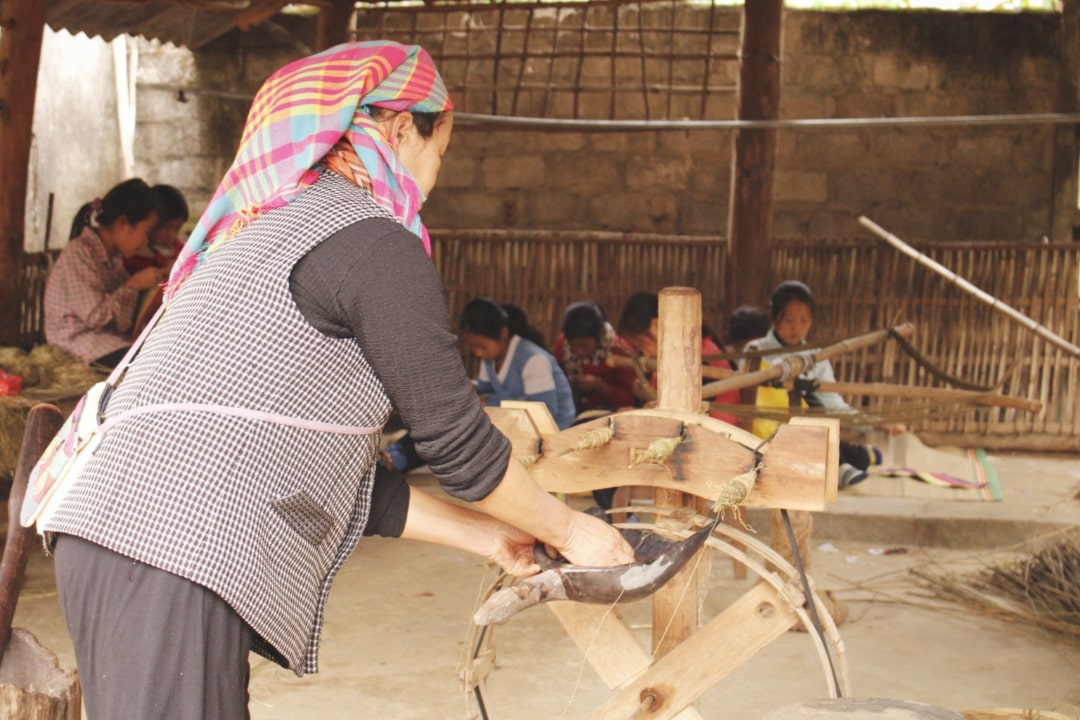
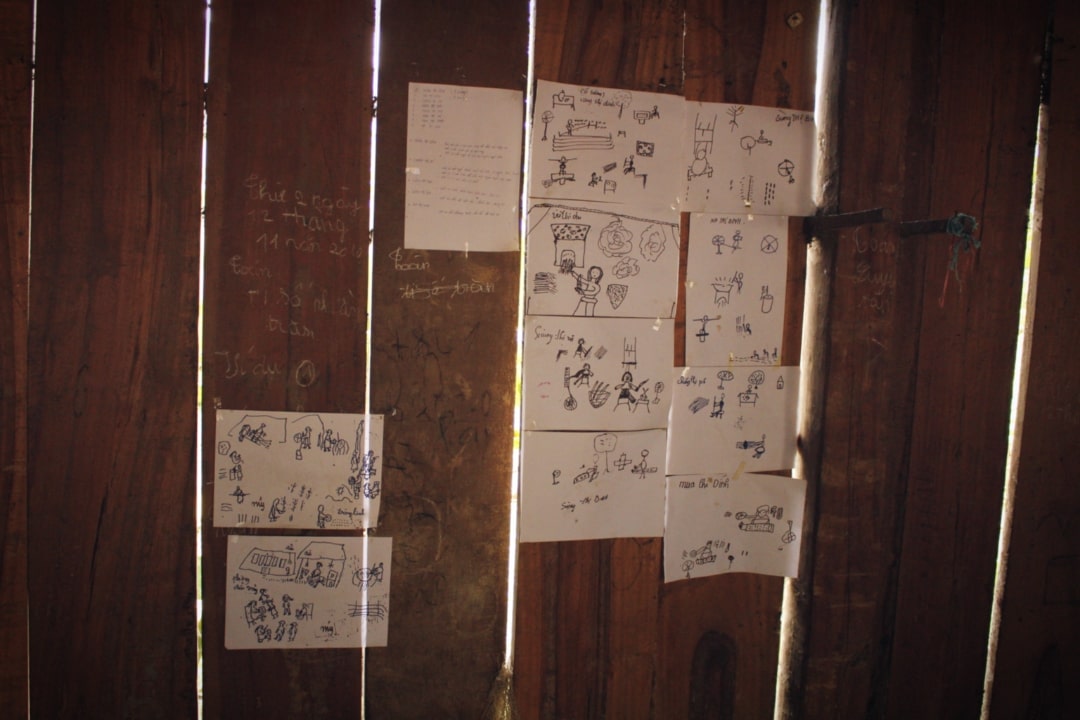
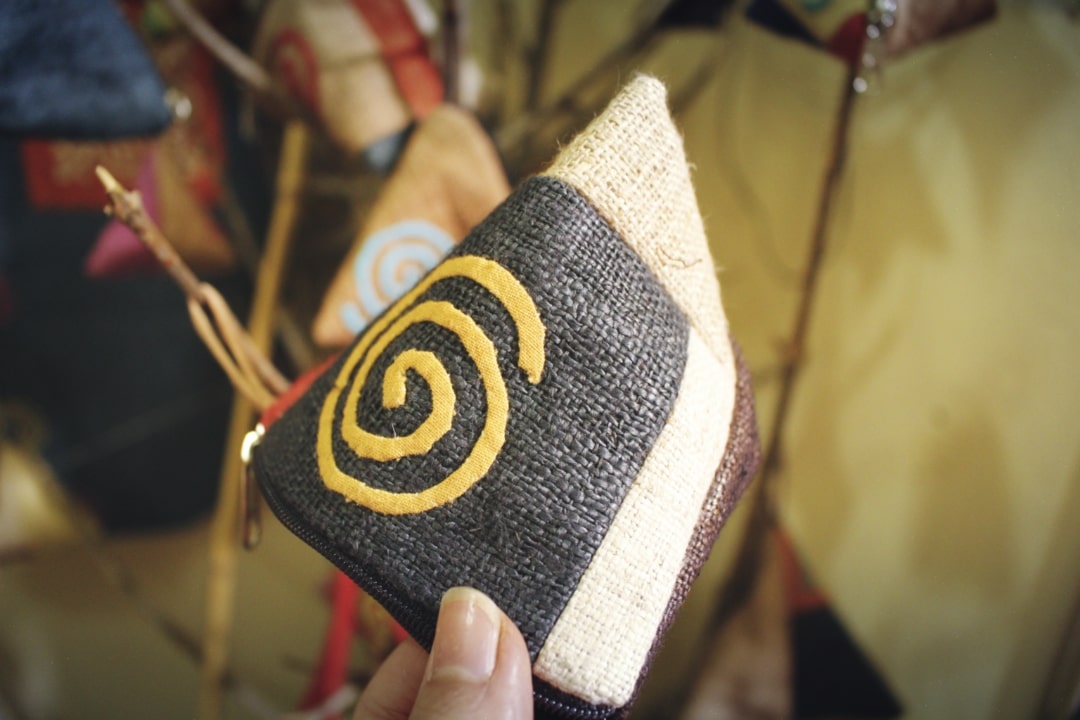
Notes:
- You should plan early, at least one to two months before, to actively travel and avoid unexpected problems.
- If you ride a motorbike, you will need to bring your identification or passport, a 1.5-liter bottle for extra gasoline, and borrow a mending patch (pump, tire, adhesives) from your bike owners. Nowadays, patching services are available at almost every kilometer of the road, but it’s still a good idea to carry the necessary precautions.
- Clothes: In winter, Ha Giang it’s extremely cold, so it’s compulsory for you to prepare warm clothes such as a big jacket, gloves, warm socks, a hat, and probably another jacket. In the summer, the weather is nicer, but don’t forget to bring a light jacket.
- Shoes: Bring running or hiking shoes. High heels or flip-flops are not appropriate for discovering this land.
- Bring medicine for things like abdominal pain, headache, allergies, as well as anti-mosquito cream.
I hope this article gave you some information about Ha Giang. Follow our 4U Trip for access to information about tourism in Ha Giang as well as the whole of Vietnam. You may be interested in this article: Everything About the Buckwheat Flower Season in Ha Giang
If you enjoyed reading this article and would like some more fun info about what to see, do and eat (and a bunch of interesting cafes!) in Vietnam, follow us at the 4U Trip!
